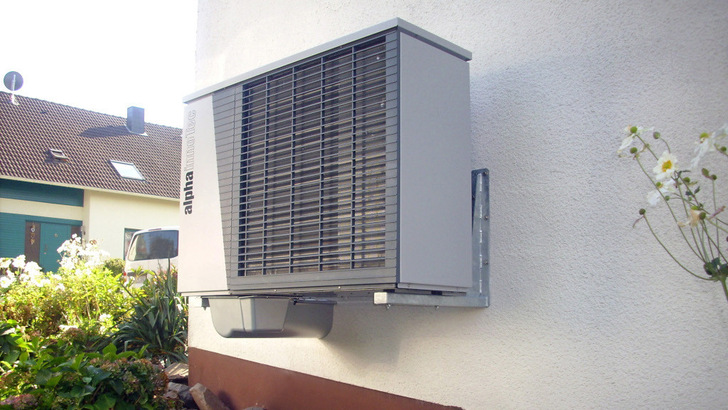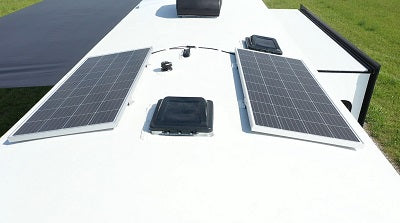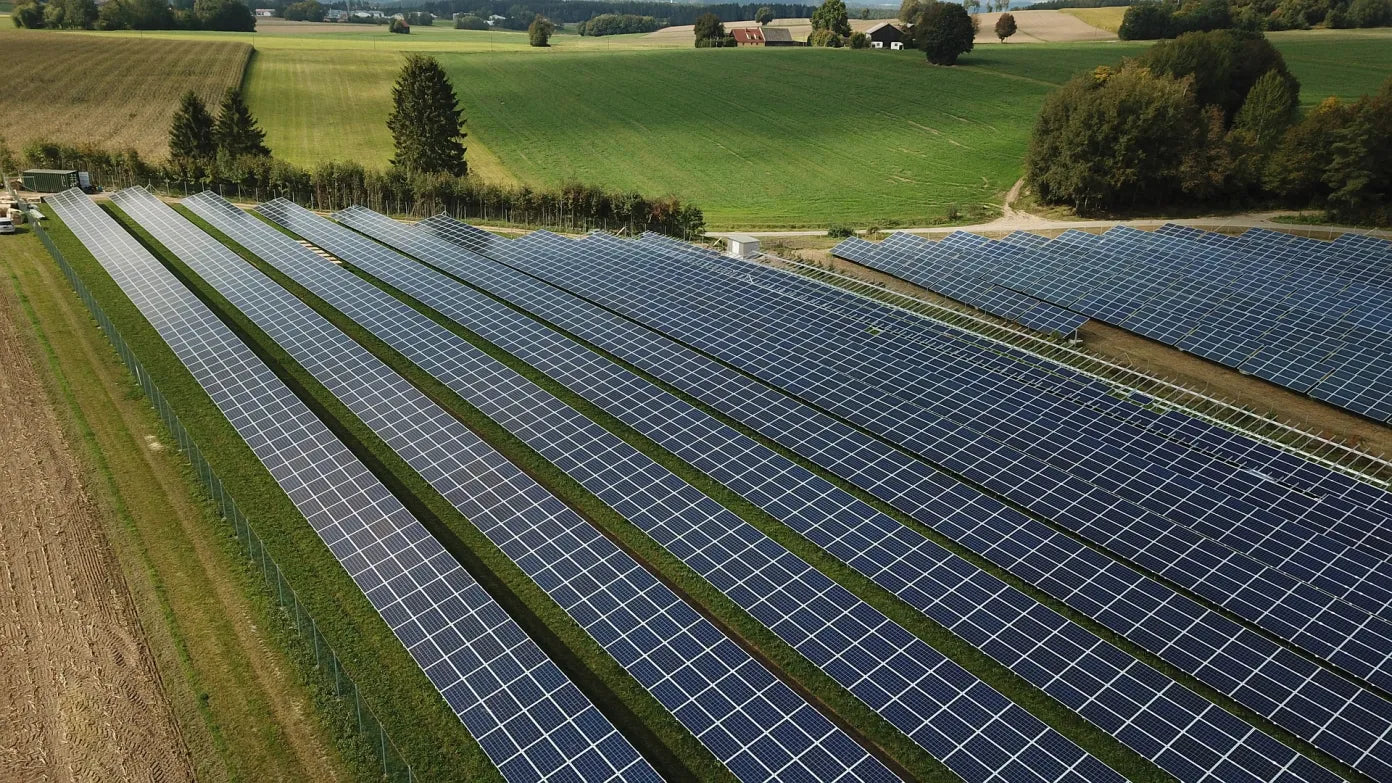https://www.pveurope.eu/power2heat/eupd-research-photovoltaics-storage-units-cut-heat-pump-costs-35-cent
Photovoltaics with storage units cut heat pump costs by 35 per cent
Self-produced solar electricity can reduce the operating costs for heat pumps by 35 per cent - in comparison to buying electricity from the grid alone. This calculation becomes even better with a storage unit. Because then up to two-thirds of the electricity needed can be produced by the system itself.
This is the result of an analysis by the market researchers of EUPD Research on behalf of the storage manufacturer E3/DC. It also became clear that electricity costs are the largest item in the operation of the heat pump. Installation and maintenance costs are much lower.
19,000 euros in annual electricity costs
The analysts do the math using an air-to-water heat pump of efficiency class A in a building with a living space of 120 square metres. The heat demand in the building is 6,000 kilowatt hours. The analysts assume a price for grid electricity of 40 cents per kilowatt hour, which increases by two per cent per year. Over an operating period of 20 years, the total electricity costs for pure grid supply would amount to about 19,000 euros.
See also: Solar power in electric vehicles drives demand
Broken down to the square metre of living space, this would be about eight euros per year. Including the annual maintenance costs and the purchase and installation costs calculated over 20 years, the heat pump heating system would cost 14.74 euros per year.
Don't miss any important information about the solar energy transition! Simply subscribe to our free newsletter.
Two-thirds solar power included
But if two-thirds of the electricity comes from your own solar system, the electricity costs drop drastically and the price of the consumption covered by solar power also remains stable. In this way, the operating costs, including the purchase, installation and maintenance costs for the heat pump, are reduced to 9.52 euros per year and square metre.
Also interesting: South Korean battery industry in Munich
That is 35.4 per cent less than with pure grid supply. "The combination of solar power and heat pump is the best option both ecologically and economically", Martin Ammon, Managing Director of EUPD Research summarises the results. "The constant costs of solar power generation ensure high economic efficiency in the long-term operation of the heat pump, which is all the more important in the context of high inflation rates," he explains. (su/mfo)




